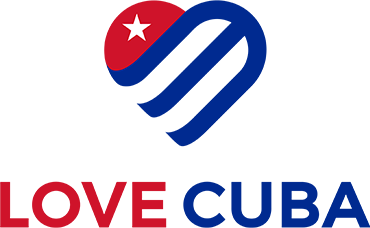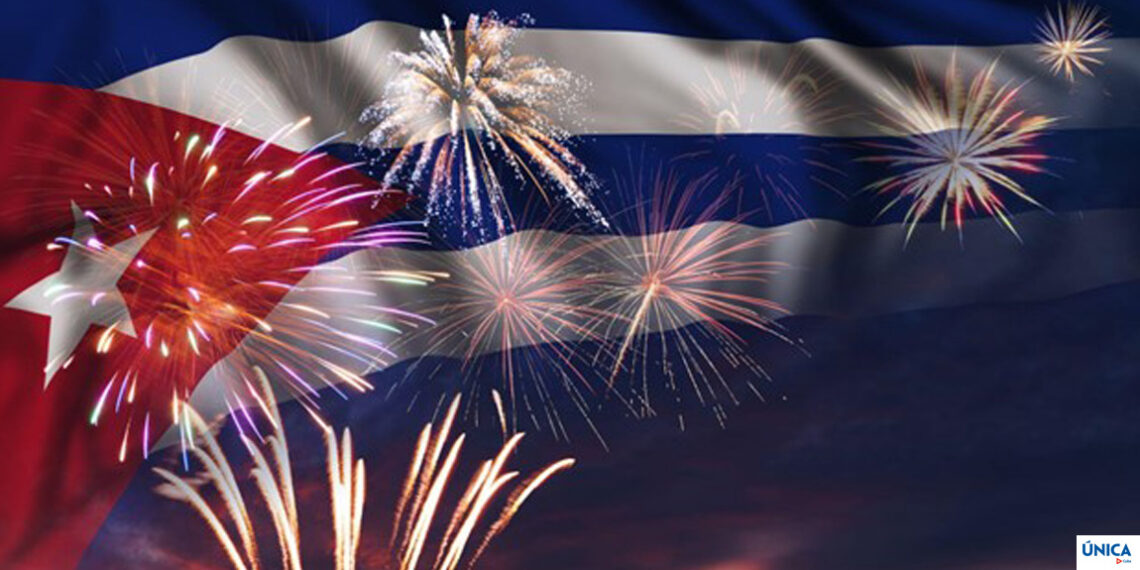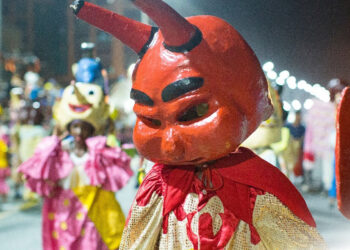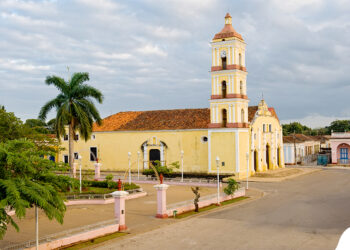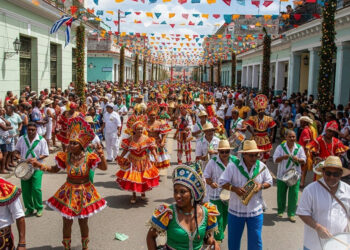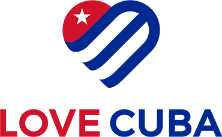Cuba’s Independence Day, celebrated annually on October 10th, is a vibrant and joyous occasion that marks the nation’s liberation from Spanish colonial rule in 1868. This day, also known as ‘Dia de la Independencia,’ is not just a celebration; it’s a collective embrace of resilience, unity, and the unwavering spirit that defines the Cuban people.
The History of Cuba’s Independence Day
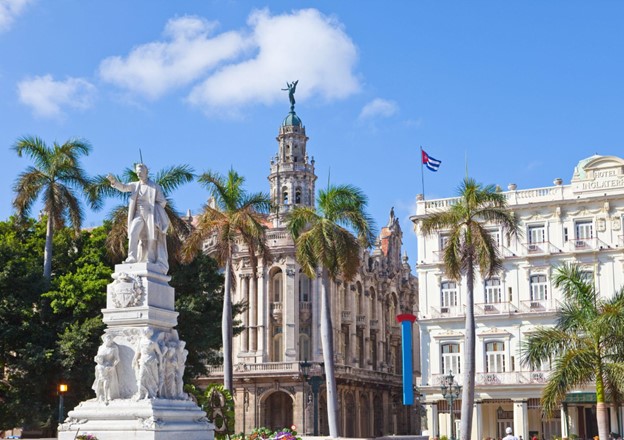
At the beginning of the 19th century, the Peninsular Wars in Europe ended with Napoleon’s brother Joseph becoming King of Spain, leading many Spanish colonies in South and Central America to spring independence movements because they felt betrayed by the new leadership.
While Cuba remained loyal to Spain, there was a rising disdain for the authoritarian Spanish government. As a result, wealthy sugar mill owner Carlos Manuel de Céspedes and his allies attempted to declare independence on October 10th, 1868. However, freedom was short-lived due to a series of rebellions during the Spanish-American War. When Dominican General Máximo Gómez failed to overthrow Spanish power, thousands of Cubans died.
This first war for freedom ended in 1878 with a surrender to the Spanish, but it was still integral in Cuba’s fight for independence. The events that began in 1868 eventually led the way for Cuba’s abolition of slavery 30 years later. At the same time, the Spanish finally left the island in 1898. After three and a half years of U.S. military occupation, independence was formally declared in 1902 when Tomás Estrada Palma was declared the Cuban president.
However, the Platt Amendment leased Guantanamo Bay to the United States until 1925. It wasn’t until the lease was over that the U.S. formally acknowledged Cuban sovereignty over the entire island. Although it ultimately took over 50 years, the conflicts that began on October 10th, 1868, eventually led to Cuba’s freedom and independence.
Celebrating Independence Day in Cuba
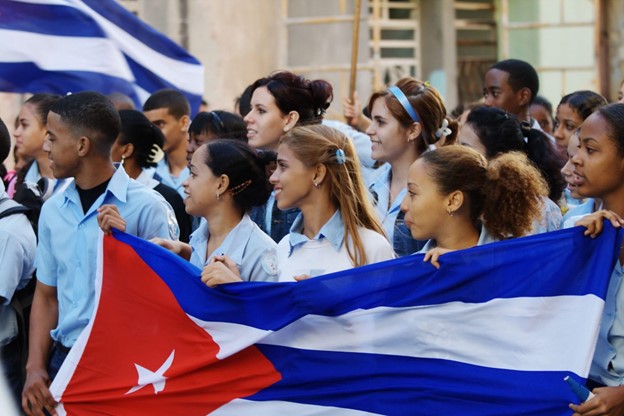
Cuba’s Independence Day is marked with an array of festive celebrations that reflect the nation’s rich history and strong spirit. Here are some of the unique customs that make this annual event memorable.
1. Parades: Cubans celebrate their independence day every year with festive parades. These parades include traditional music, dazzling costumes, and lively dancing. Floats reflecting stories about Cuban heroes often appear in the evening parades. Thousands of Cubans show their national pride by marching, dancing, cheering, and waving flags.
2. Fireworks: In the evening, Cubans around the island marvel at the multicoloured show exploding in the sky, a glowing reminder of national pride and unity.
3. Cultural Performances: Cuban citizens express their freedom and patriotism by celebrating this holiday with lively cultural events. These performances and concerts are often held in Havana’s public spaces, such as parks and plazas, featuring music and dancing from Cuban singers, dancers, and musicians.
4. Flag Display: Around Cuba’s Independence Day, you’ll see the Cuban flag proudly displayed outside of homes, businesses, and public spaces, a symbol of national pride and the country’s hard-fought independence.
5. Traditional Food: Several traditional Cuban dishes are prepared to celebrate Independence Day throughout the homes of the locals. Arroz con Pollo, known as Chicken and Rice or Coconut Rice Pudding with Caramelized Pineapple, are two popular traditional foods. You’ll also see Cubans sipping Cuba Libre, a combination of rum, cola, and lime, creating a particularly refreshing beverage.
6. Remembrance Ceremonies: Cubans celebrate Independence Day by honouring the heroes who died fighting for the country’s freedom. Many people leave flowers or wreaths around the monuments dedicated to these freedom fighters.
Visiting Cuba for Independence Day
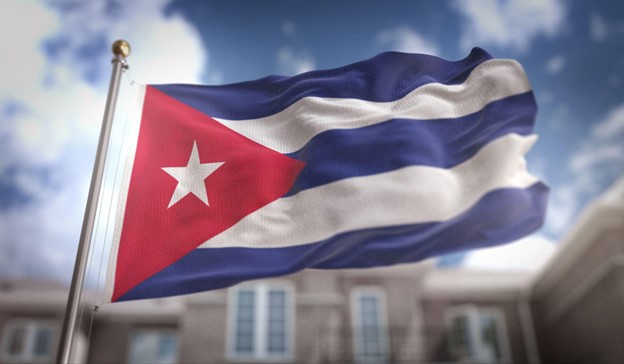
Travellers who want to experience Cuba’s Independence Day will find that this island nation offers a captivating blend of tradition, music, dance, and a strong sense of national pride. Visitors can join the locals in the festive parades, marvel at the fireworks displays, enjoy live music and dance performances, and indulge in traditional Cuban cuisine.
While Independence Day is officially October 10th, the entire month of October is filled with events and celebrations, culminating in Cuba’s National Day of Culture on October 20th. This makes October an ideal time to visit Cuba and immerse yourself in the country’s rich culture and history.
Where to Stay for Cuba’s Independence Day Festival
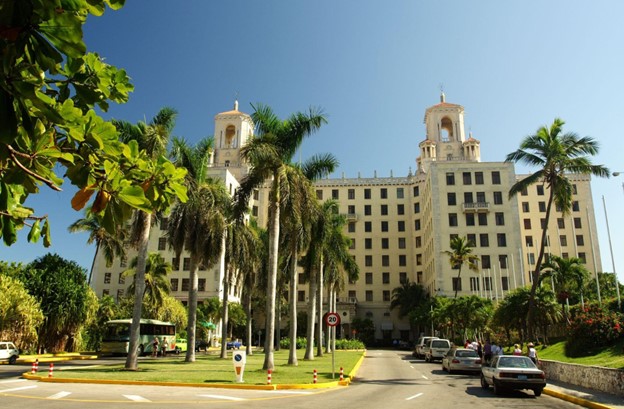
With a variety of parades and events, Havana is likely the best area to stay in if you are visiting to celebrate Cuban Independence Day. Below, you’ll find some of the best places to stay in the centre of Havana.
Located within walking distance of the centre of Havana, the hotel Inglaterra features comfortable accommodations and beautiful interior design. It is particularly relevant to Cuba’s Independence Day Festival, as its past guests include José Martí, a Cuban journalist and essayist renowned for his contribution to the Independence movement.
Nestled in a 1930s building, Hotel Nacional de Cuba offers three restaurants, three bars, two outdoor pools, and nightly live entertainment.
This polished hotel boasts views of the National Capitol Building and a fantastic location, only a quick walk to several major attractions. Enjoy onsite dining, a pool, and a spa during your stay.
Final thoughts
Whether you’re a history buff, a foodie, or a lover of vibrant cultural celebrations, Cuba’s Independence Day provides a unique opportunity to experience the unyielding spirit of this beautiful Caribbean nation. By planning your trip around this special event, you’ll leave with unforgettable memories and a deeper understanding of Cuba’s rich history and struggle for freedom.
Love Cuba is the UK’s #1 Cuba holiday specialists. For more information on Cuba holidays, Multi Centre Cuba Holidays or Tailor Made Cuba Holidays please don’t hesitate to contact our friendly team of Cuba holiday specialists on 0207 071 3636 or email enquiries@lovecuba.com



